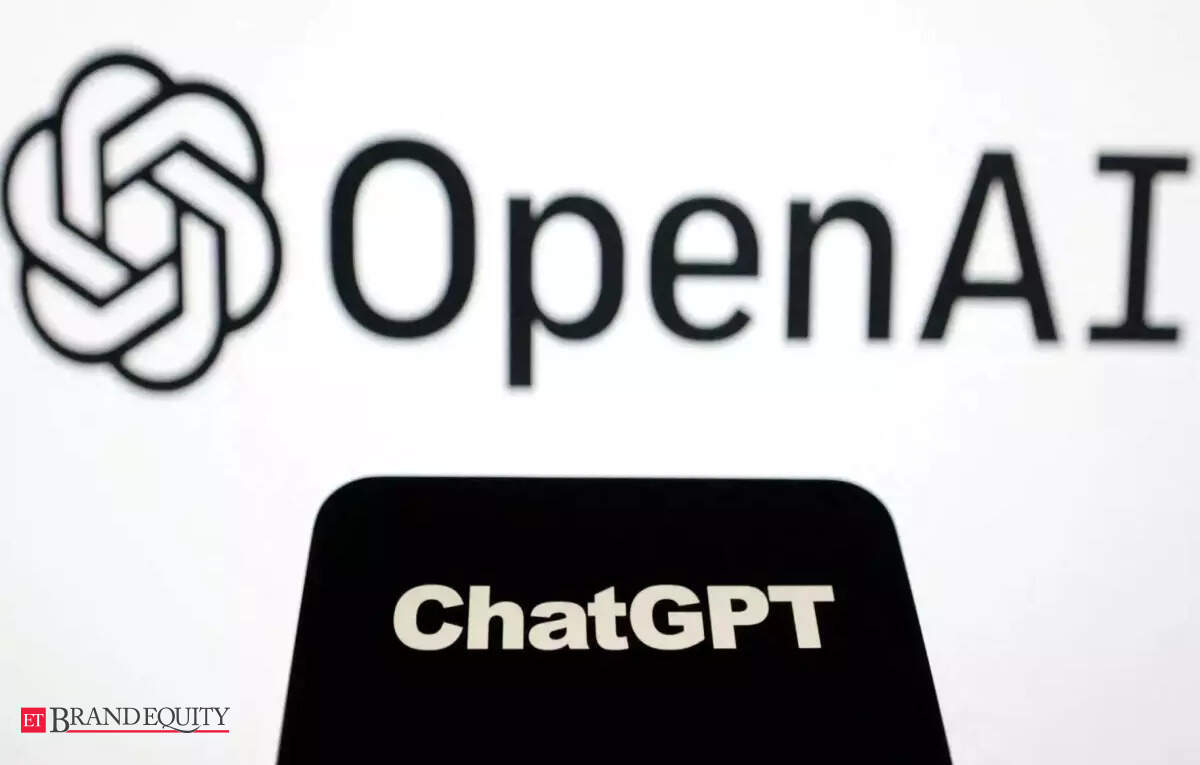Don't Let Outdated Apps Cloud Your AI Future

Table of Contents
The Hidden Costs of Outdated AI Apps
Outdated AI applications represent a significant drain on resources and stifle growth. The longer you rely on legacy systems, the more you'll pay in the long run.
Increased Operational Costs
Maintaining outdated AI apps comes with a hefty price tag. These systems often require significant investment in:
- Higher licensing fees: Older software often lacks competitive pricing compared to modern SaaS solutions.
- Increased downtime: Outdated systems are more prone to malfunctions and require more frequent maintenance, leading to lost productivity.
- Vulnerability to security breaches: Legacy applications often lack the robust security features of modern AI solutions, increasing the risk of data breaches and hefty fines.
- Lack of integration with newer systems: Connecting outdated AI apps with other crucial business tools can be complex, time-consuming, and expensive.
For example, imagine a company spending $10,000 annually on licensing and maintenance for an outdated AI application. Switching to a modern, cloud-based solution could reduce this cost by 50%, resulting in a significant annual saving.
Reduced Efficiency and Productivity
Outdated AI apps directly impact workflow efficiency and productivity. Their limitations often translate to:
- Lack of automation features: Manual processes slow down workflows and increase the risk of human error.
- Limited scalability: Older apps struggle to handle increasing data volumes and user demands, creating bottlenecks.
- Poor user experience: Outdated interfaces can be confusing and time-consuming to navigate, hindering productivity.
- Incompatibility with modern data sources: Integrating new data streams into legacy systems is often challenging, limiting the insights that can be derived.
Consider a scenario where a modern AI app automates a previously manual data entry process that took 2 hours daily. This automation could free up 10 hours per week, significantly boosting team productivity and allowing employees to focus on more strategic tasks.
Missed Opportunities for Innovation
The most critical drawback of outdated AI apps is their inability to leverage the latest AI advancements. This leads to:
- Inability to integrate with cutting-edge AI models (e.g., large language models): Missing out on the benefits of sophisticated algorithms and improved accuracy.
- Missed opportunities for predictive analytics: Failing to leverage advanced analytics for informed decision-making.
- Lack of support for new data types: Inability to analyze and utilize valuable data from emerging sources (e.g., IoT devices, social media).
Imagine a retail company using an outdated AI system for inventory management. A modern AI app could leverage predictive analytics to forecast demand more accurately, minimizing stockouts and optimizing inventory levels. This would lead to increased sales and reduced storage costs.
Choosing the Right Modern AI Solutions
Selecting the right modern AI application requires careful consideration of your business needs.
Evaluating Your Needs
Before choosing a new AI app, assess your specific requirements:
- Data volume: How much data will the application need to process?
- Processing needs: What level of computational power is required?
- Integration requirements: How will the new app integrate with existing systems?
- Security considerations: What security measures are essential to protect sensitive data?
- Budget constraints: What is the available budget for the new solution?
A simple checklist or decision-making framework can help you streamline this process.
Key Features to Look For
Modern, efficient AI apps share several key features:
- Cloud-based infrastructure: Offers scalability, cost-effectiveness, and easy access to the latest AI advancements.
- Scalability: The ability to handle increasing data volumes and user demands without performance degradation.
- Robust security measures: Protection against data breaches and unauthorized access.
- Intuitive user interface: Ease of use and navigation for improved productivity.
- Machine learning capabilities: Ability to learn and improve over time.
- Seamless integration with existing systems: Simple and efficient connectivity with other business tools.
- Regular updates: Ensuring access to the latest features, security patches, and AI advancements.
Features like automated reporting and real-time analytics significantly improve decision-making speed and accuracy.
Leveraging Cloud-Based AI
Cloud-based AI solutions offer significant advantages over on-premise systems:
- Cost-effectiveness: Reduced upfront investment and ongoing maintenance costs.
- Scalability: Easy adaptation to changing business needs.
- Enhanced security: Benefit from the robust security infrastructure of cloud providers.
- Access to the latest AI advancements: Automatic access to the newest algorithms and features.
- Reduced maintenance: Cloud providers handle most of the maintenance tasks.
Comparing the total cost of ownership (TCO) between cloud-based and on-premise AI solutions often reveals significant long-term cost savings for cloud-based options.
Migrating to Modern AI Applications
Migrating to new AI applications requires careful planning and execution.
Planning Your Migration
A phased approach minimizes disruption during the migration process:
- Data migration strategy: Develop a robust plan for transferring data to the new system.
- Testing and validation: Thoroughly test the new system to ensure accuracy and functionality.
- User training: Provide comprehensive training to users to facilitate a smooth transition.
- Communication plan: Keep stakeholders informed throughout the migration process.
- Risk assessment: Identify potential risks and develop mitigation strategies.
A step-by-step guide can help ensure a successful migration.
Minimizing Downtime During Transition
Strategies to minimize disruptions during the migration include:
- Data backup and recovery: Ensure data is backed up before and during the migration.
- Parallel testing: Test the new system alongside the old system to identify and resolve issues.
- Phased rollout: Migrate to the new system in stages to minimize the impact on operations.
- Dedicated support team: Provide dedicated support to users during the transition.
Case studies of successful AI system migrations can provide valuable insights and best practices.
Conclusion: Embrace the Future with Modern AI Applications
Upgrading to modern AI applications offers significant benefits: reduced operational costs, increased efficiency and productivity, and access to cutting-edge AI advancements. Don't let outdated apps cloud your AI future. Assess your current AI infrastructure and explore modern solutions to unlock the true potential of artificial intelligence. Contact us today to learn more about transitioning to a future-proof AI strategy.

Featured Posts
-
 Open Ai Facing Ftc Investigation A Deep Dive Into The Concerns
Apr 30, 2025
Open Ai Facing Ftc Investigation A Deep Dive Into The Concerns
Apr 30, 2025 -
 Channel 4 Unveils Teaser Images For Upcoming Drama Trespasses
Apr 30, 2025
Channel 4 Unveils Teaser Images For Upcoming Drama Trespasses
Apr 30, 2025 -
 Verdict Reached In Chris Kaba Shooting Case Officer Not Guilty Of Murder
Apr 30, 2025
Verdict Reached In Chris Kaba Shooting Case Officer Not Guilty Of Murder
Apr 30, 2025 -
 Altitude Afeta Estevao Vomito E Saida De Campo Em Jogo Do Palmeiras
Apr 30, 2025
Altitude Afeta Estevao Vomito E Saida De Campo Em Jogo Do Palmeiras
Apr 30, 2025 -
 Channing Tatums New Romance Spotted Shopping With Inka Williams
Apr 30, 2025
Channing Tatums New Romance Spotted Shopping With Inka Williams
Apr 30, 2025
